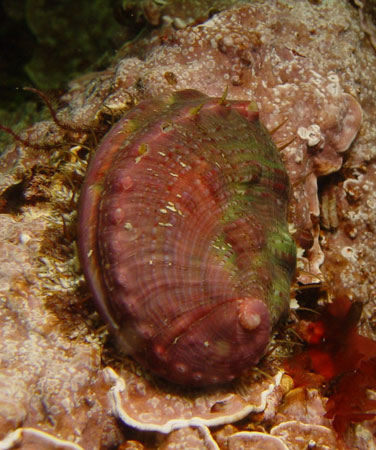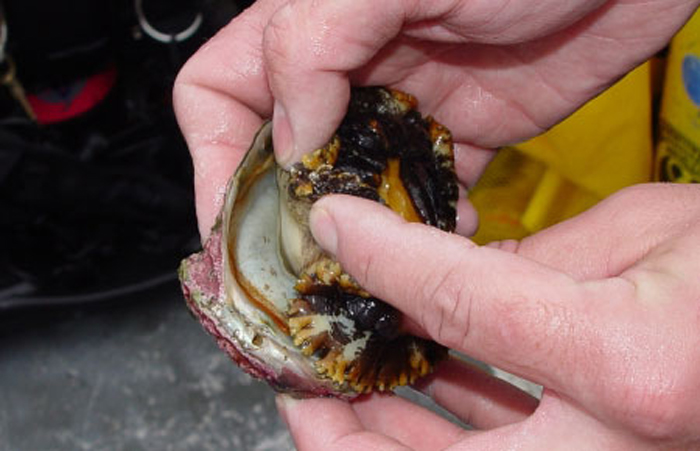Pinto Abalone Slides Toward Endangered Status (Op-Ed)


Brad Sewell is a senior attorney for the NRDC. This Op-Ed was adapted from a post on the NRDC blog Switchboard. Sewell contributed this article to LiveScience's Expert Voices: Op-Ed & Insights.
In June, the Natural Resources Defense Council submitted a petition to the National Marine Fisheries Service (NMFS) to list the pinto abalone as "endangered" under the Endangered Species Act. Monitoring shows populations of this important marine mollusc have declined by 80 to 99 percent. In many areas, the decline occurred after the closure of pinto abalone fisheries.
NMFS announced this week that the ESA listing may be warranted. Over the next eight months, the federal agency will conduct a full scientific review of the pinto abalone's status before deciding whether to formally propose the endangered listing.
Why to protect the pinto abalone
This step forward is great news for pinto abalone and for people who care about this member of one of the west coast's iconic animal families. The pinto abalone has the broadest range of the seven North American abalone species, inhabiting coastal waters from Baja California to Alaska. The large marine snail, which can grow up to eight inches in length and live up to 50 years, gobbles algae and creates habitat on the rocky shorelines where creatures like sea urchins and periwinkles can cling. But the abalone isn't only useful to other sea life; in the past, pinto and other abalone have provided a living for those who braved pounding ocean surf to pry the gastropods off rocks. The meat of wild abalone, pounded thin and sautéed in butter, has been a sought-after delicacy in restaurants from San Diego to Sitka. And, the pinto abalone shell, which can reach salad plate size, has a spectacular iridescent interior. Pinto abalones are also food for other species, such as endangered sea otters, crab and octopus.
The plight of pinto abalone
Pinto abalone numbers first dwindled due to over-harvesting by both commercial and recreational fisheries. Today, the one-two punch of climate change and ocean acidification, combined with continued illegal poaching, is driving this species toward extinction. The species reproduce by what's called "broadcast" spawning, by which adults cluster together and release their sperm and eggs into the water. This reproductive strategy obviously depends on a certain density of animals to succeed. In some areas, such as waters off the coast of Washington state, scientists have declared the species 'functionally extinct.' Without immediate, active intervention, there's almost no hope of saving the pinto abalone.
Get the world’s most fascinating discoveries delivered straight to your inbox.
How you can help
An endangered-species listing is the best hope for protecting this beloved species while there is still time to rebuild populations. But this listing is not guaranteed. The National Marine Fisheries Service is soliciting comments (just click on "Submit A Formal Comment"). Now is the time for all of us to weigh in and encourage the federal government to protect the pinto abalone. I am hopeful that together we can save this west coast treasure — and at something faster than a snail's pace.
This Op-Ed was adapted from the post "Pinto Abalone to be Considered for Endangered Species Listing" on the NRDC blog Switchboard. The views expressed are those of the author and do not necessarily reflect the views of the publisher. This version of the article was originally published on LiveScience.




